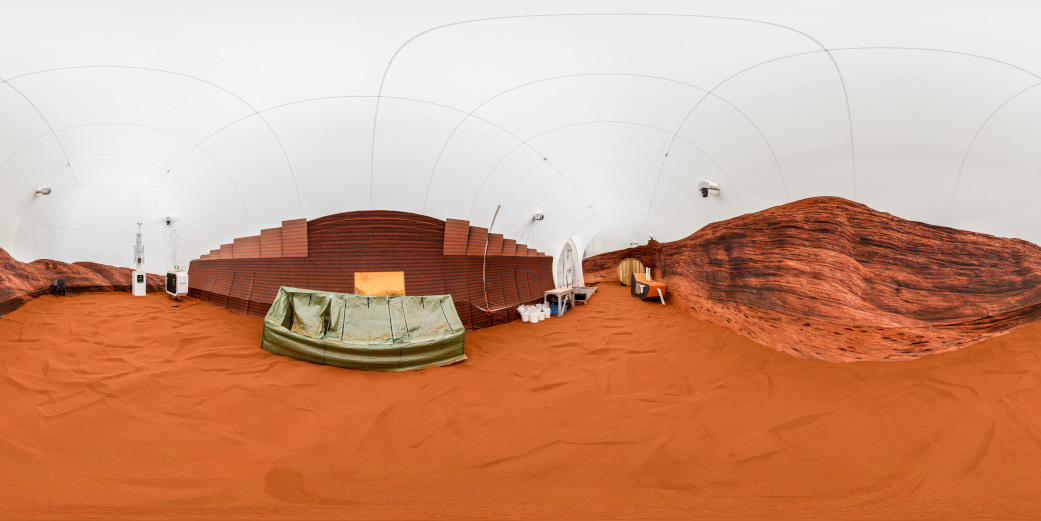Four volunteers set to enter NASA's simulated Mars habitat on 378-day mission
.

In a significant step towards preparing for crewed missions to Mars, four volunteers are set to enter a 3D-printed, 1,700-square-foot simulated Mars habitat at NASA's Johnson Space Center. This mission, beginning on June 25, 2023, will span a remarkable 378 days.
This will be the first of three planned simulation missions in NASA's CHAPEA (Crew Health and Performance Exploration Analog) habitat designed to replicate the conditions astronauts would face on the Red Planet.
During the mission, the crew members will be engaged in a diverse range of mission activities including simulated spacewalks, robotic operations, habitat maintenance, personal hygiene routines, exercise routines, and even crop growth. To be as Mars-realistic as feasible, the quartet will also face various environmental stressors such as limited resources, isolation, and equipment failures.
By simulating these scenarios, the agency hopes to test the crew's capability to adapt to unexpected circumstances while maintaining their health and performance at optimal levels.
"We're really looking at how the crew performance and health changes based on realistic Mars restrictions and the lifestyle of the crew members. So, the lifestyle is what we're trying to simulate by setting up a realistic environment and workload for the CHAPEA crew," said Raina MacLeod, CHAPEA deputy project manager at Johnson.
Save the date! 📆 Live on June 25 at 6:30 p.m. CDT, four volunteers will enter the ground-based, simulated Mars habitat at @NASA_Johnson to begin a 378-day mission. Their yearlong journey will support human health and performance research.WATCH HERE: https://t.co/mX6KuX6k7n pic.twitter.com/8QH1uZPRKN
— NASA_SLS (@NASA_SLS) June 23, 2023
As NASA pioneers the path to the Red Planet, these simulated missions serve as crucial stepping stones towards ensuring the safety and success of future Mars astronauts. By confronting and overcoming the challenges presented in the CHAPEA simulations, the agency will inch closer to realizing the next giant leap in human space exploration, unlocking the mysteries of the red planet and extending the boundaries of human achievement in the cosmos.










